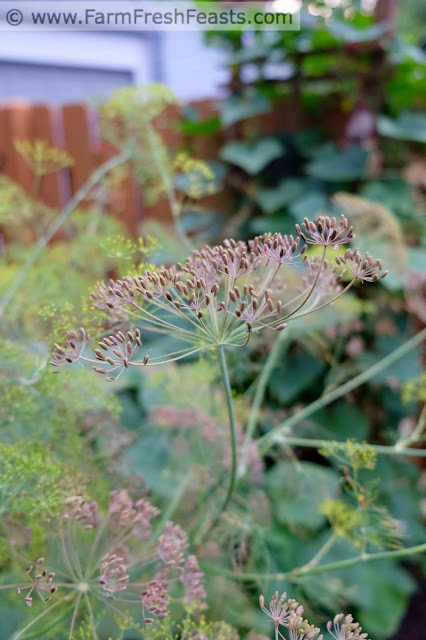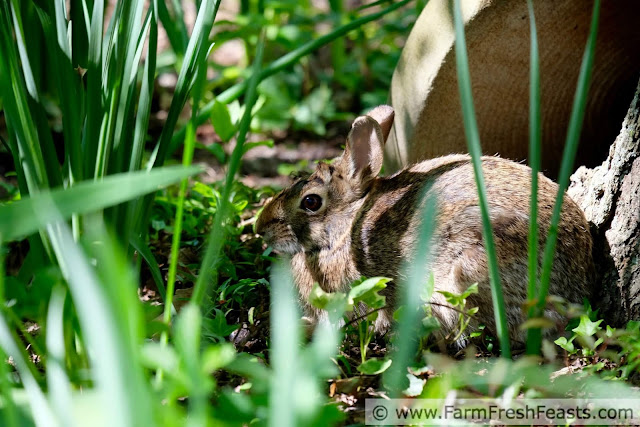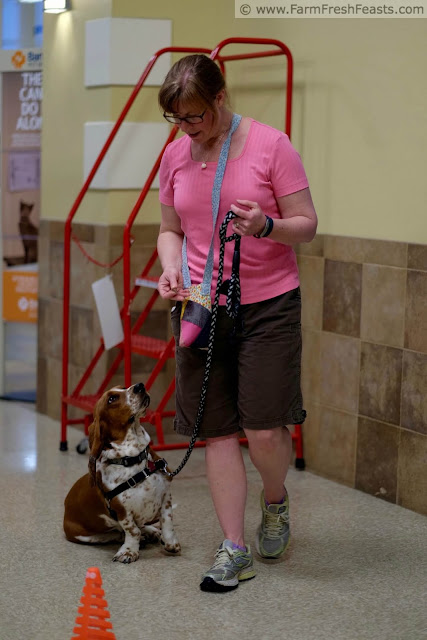Follow me | Pinterest | Instagram | Facebook
Today's post is an update of one I wrote back when the big purple mountains were the little green hills. Back before I knew what SEO was, back when I'd be silly and creative with my post titles.
I've updated the post--but the behaviors I described back then are behaviors I still practice--today!
Since I am primarily a visual learner but I want to make these simple behaviors accessible to every learning style, I've created a series of short videos to help show what I mean. Let's get started!
Keeping your kitchen environmentally friendly is more than buying certain products. It's practicing certain behaviors that help to reduce waste and save you money. Did you know that about 31% of the solid waste in the US is food waste? I learned that scary fact at a Montgomery County Food Summit and wrote about my tips for reducing food waste here. I want to do more than reduce my food waste, though. I want to stretch my food dollars to make more meals for my family.
Reduce, Reuse, Recycle becomes Reduce (x3), Reuse, Repurpose, and Regrow
The first R is Reduce. I practice 3 different "reduce" behaviors to save money, get fit, and do my part to save the planet. The biggest one is that I deliberately reduce the amount of meat I eat. I pay attention to the portion sizes and often use meat as a garnish. For example, instead of each person getting a single steak on a plate I'll grill a couple of steaks, slice them into strips, and we'll each have a serving of steak strips. It's plenty for us to eat at one sitting and there's usually leftovers for another meal. What's the best way to eat less meat? Eat more veggies! Here's a post I wrote on how to boost the vegetable content of your meals all day long.
I'll stretch a pound of ground meat into 6-8 servings by combining it with finely chopped vegetables. Some of my favorites include onions, celery, carrots, bell peppers, shredded zucchini or kohlrabi, chopped mushrooms, and corn. I use that veggie mix in tacos, in meatloaf, and in casseroles aka Hot Dish.
Here are some of my tried and true recipes to stretch meat:
One simple change I made to reduce the amount of food I eat is to reduce my every day plate size. Breakfast and lunch are often on 6½ inch plates. Snacks and desserts are on 5½ inch dishes. And dinners? I use an 8 inch "lunch" plate! I do keep my 11 inch dishes to use on Thanksgiving and other 'gimme all the sides' holidays when I'm wearing my eatin' pants. Piling food onto a smaller plate makes a smaller amount of food look more abundant, and that's another way I reduce the amount of food I need to buy.
The final Reduce I'd like to share is about drinks. If your go-to drink is tap water, more power to ya! I save money and reduce the amount of waste I'm generating by reducing the amount I spend on fancy single serve drinks. This doesn't mean I don't meet a friend for coffee--that's the happy exception to my daily normal. I bring a cup with me when I go out to reduce the single use packaging waste. I choose to make my go-to fancy drink (for me, Iced Chai) at home. Here's my DIY Iced Chai recipe. This Spring I'm testing out different methods to make a DIY version of the slightly sweet fruity tea that we like to drink on expeditions.






















































